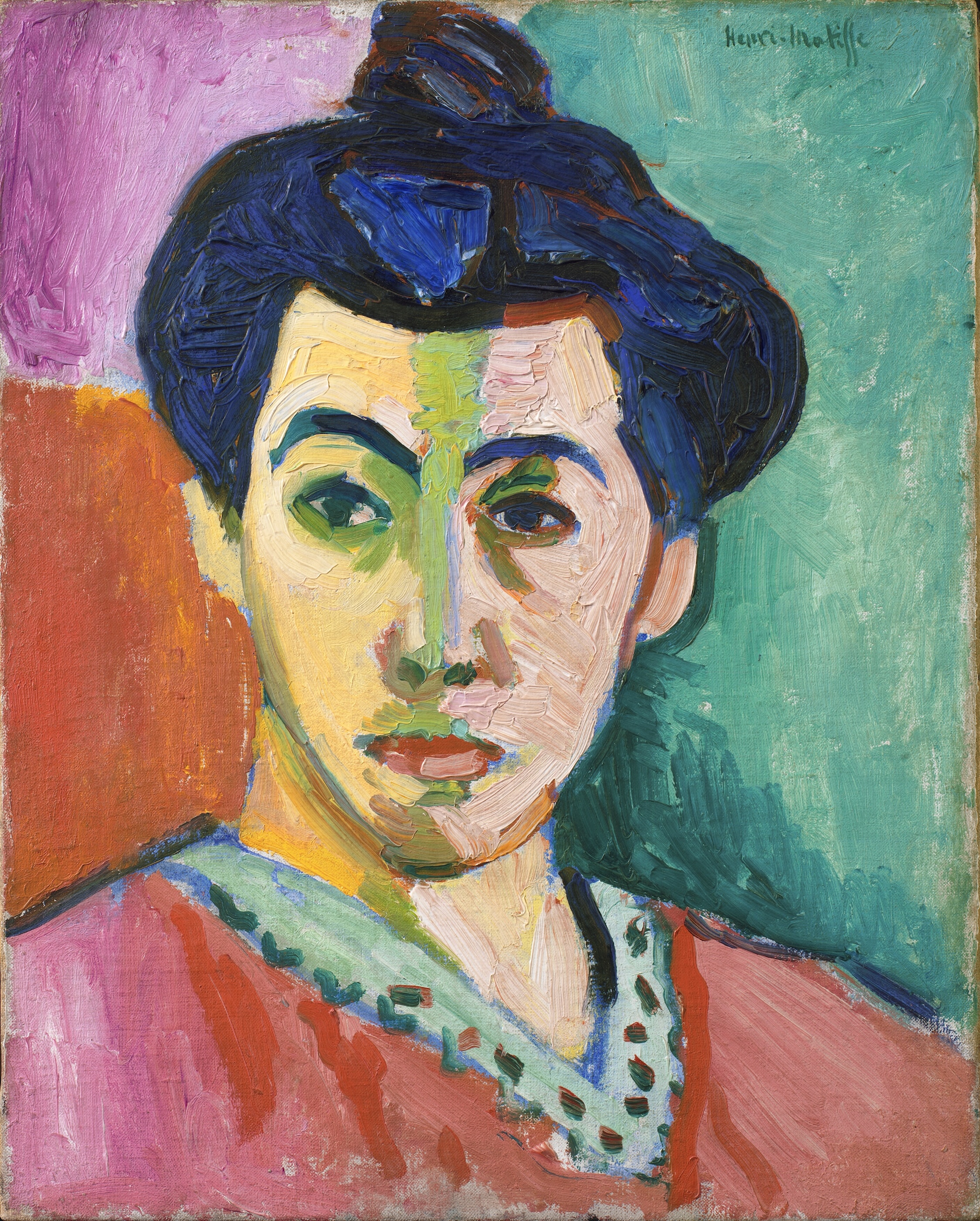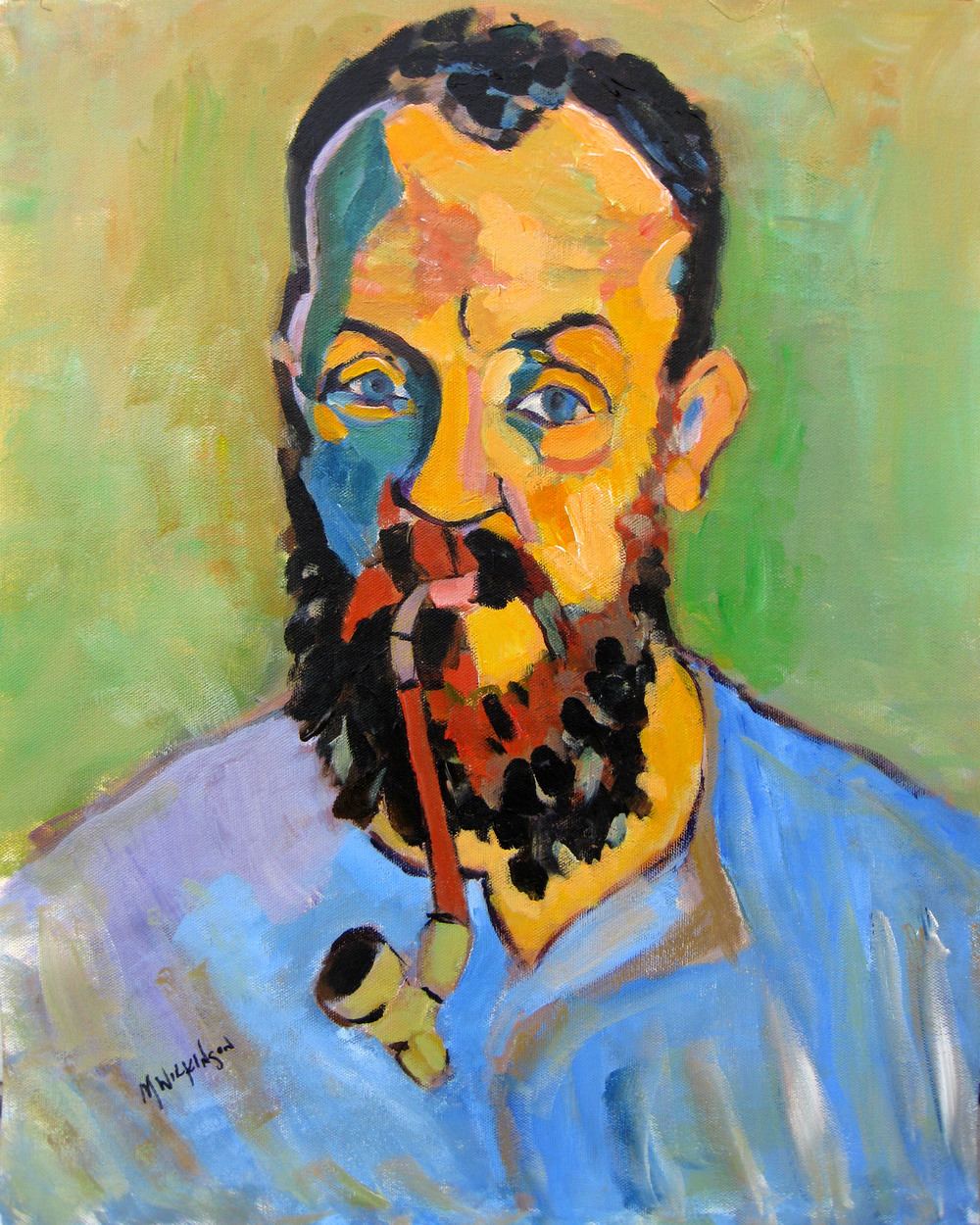This portrait of the artist’s wife, Amélie, is one of Matisse’s most celebrated works and a masterpiece of 20th-century portraiture. Its power lies in its striking geometric simplicity and the bold interplay of colors. Spatial depth is reduced to a bare minimum, with traditional light and shadow effects replaced by planes of pure color.
The painting was likely created in the autumn of 1905 after Matisse returned to Paris from a summer spent in the fishing village of Collioure. There, alongside André Derain, he pursued radical experiments in color, seeking to liberate it from its traditional descriptive role and instead allow it to function as an independent force. The unorthodox palette of this portrait is a direct extension of those groundbreaking explorations.
With this masterpiece we want to encourage you to visit the online collection of the Statens Museum for Kunst. There, you will find a wide range of Matisse’s paintings, drawings, etchings, and collages - free to use!
P.S. How familiar are you with Matisse's art? Discover Henri Matisse in 10 paintings! For more stories about this artist, see the articles below.


 Henri Matisse
Henri Matisse